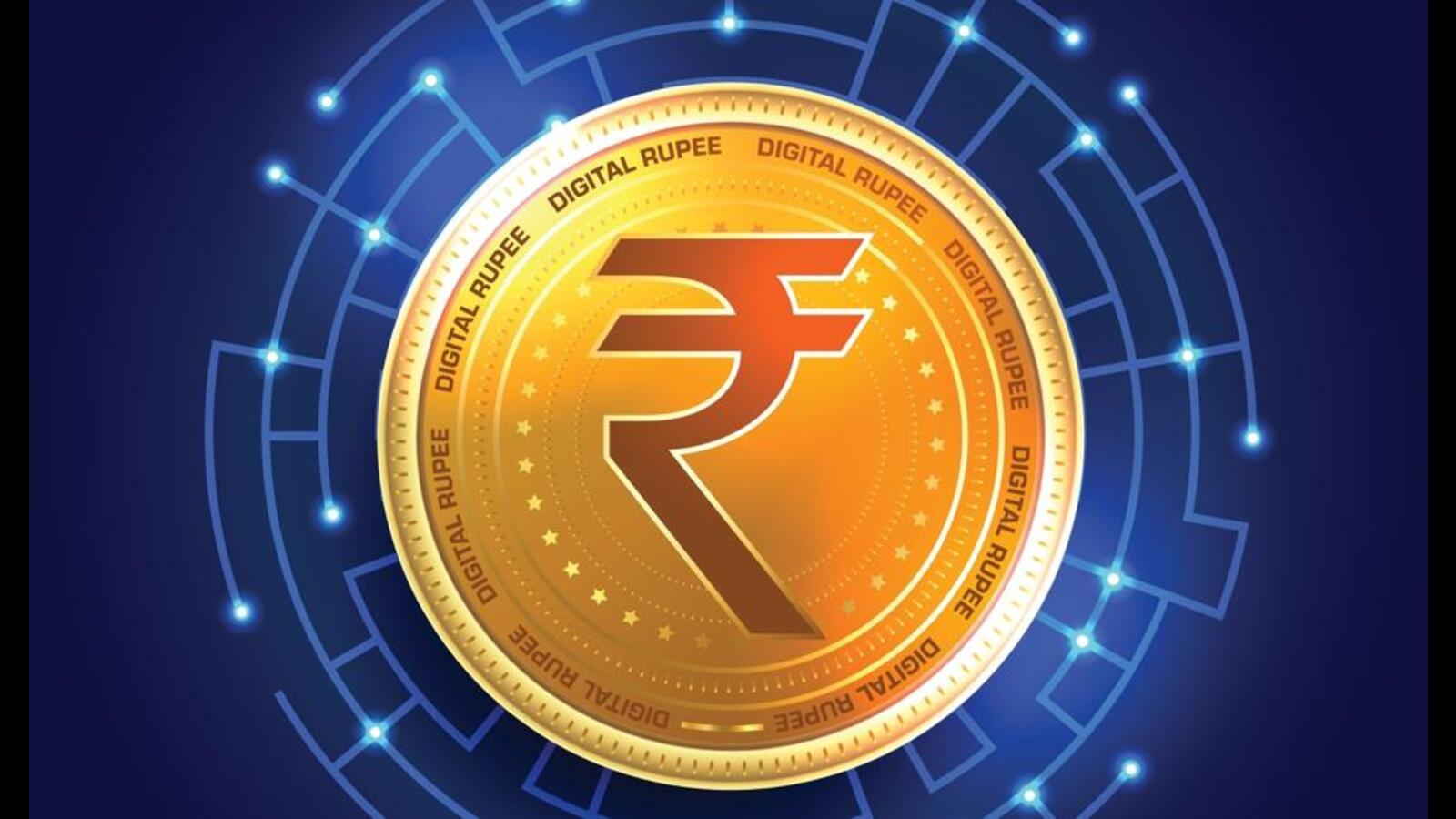Now Reading: India’s Digital Rupee: What It Could Mean for Local Economies and Everyday Transactions
-
01
India’s Digital Rupee: What It Could Mean for Local Economies and Everyday Transactions
India’s Digital Rupee: What It Could Mean for Local Economies and Everyday Transactions

India’s move toward a digital rupee, known as the Central Bank Digital Currency (CBDC), marks a new chapter in how money is created, used, and managed. The Reserve Bank of India has already begun pilot programs, testing how a digital form of the rupee could function alongside cash. For people in smaller cities and towns, this shift could change how payments, banking, and business transactions happen in the near future.
The digital rupee is not a cryptocurrency. It’s a digital version of India’s official currency, issued and backed by the central bank. Unlike volatile private cryptos, its value is the same as the paper rupee. The goal is to make payments faster, more secure, and cheaper by cutting out intermediaries. For instance, small shop owners, street vendors, or service providers could accept payments directly through mobile wallets without depending on traditional banking channels.
For Tier 2 and Tier 3 cities, this could be a big advantage. Digital transactions have already increased with UPI, but CBDC could take it further by reducing transaction costs and network dependency. Imagine a local business in Nagpur or Lucknow completing instant payments even without internet access, using offline-enabled digital rupee wallets. This can help bridge the digital gap and promote smoother financial inclusion across smaller regions.
However, challenges remain. Widespread adoption will require strong cybersecurity, user education, and clear regulation. People must trust that their digital money is safe and easy to use. Some experts also worry about privacy—since digital currency transactions could be more traceable than cash, there are concerns about data monitoring and individual financial freedom. Balancing transparency with personal privacy will be crucial.
The impact on banks could also be significant. If people start holding more digital rupees directly in RBI-backed wallets, commercial banks may see reduced deposits. This might push them to innovate their own services or offer better incentives. For local economies, though, the benefits could outweigh the drawbacks. Digital rupee payments could speed up business transactions, cut middlemen, and reduce the need for physical cash handling.
As India’s economy becomes increasingly digital, the CBDC could be the next big step in financial evolution. For small-town entrepreneurs, shopkeepers, and workers, it promises simpler, faster, and more reliable transactions. But like any financial shift, success will depend on awareness, trust, and accessibility. The digital rupee has the potential to bring India’s local economies closer to the national financial grid—if implemented with care and clarity.
























